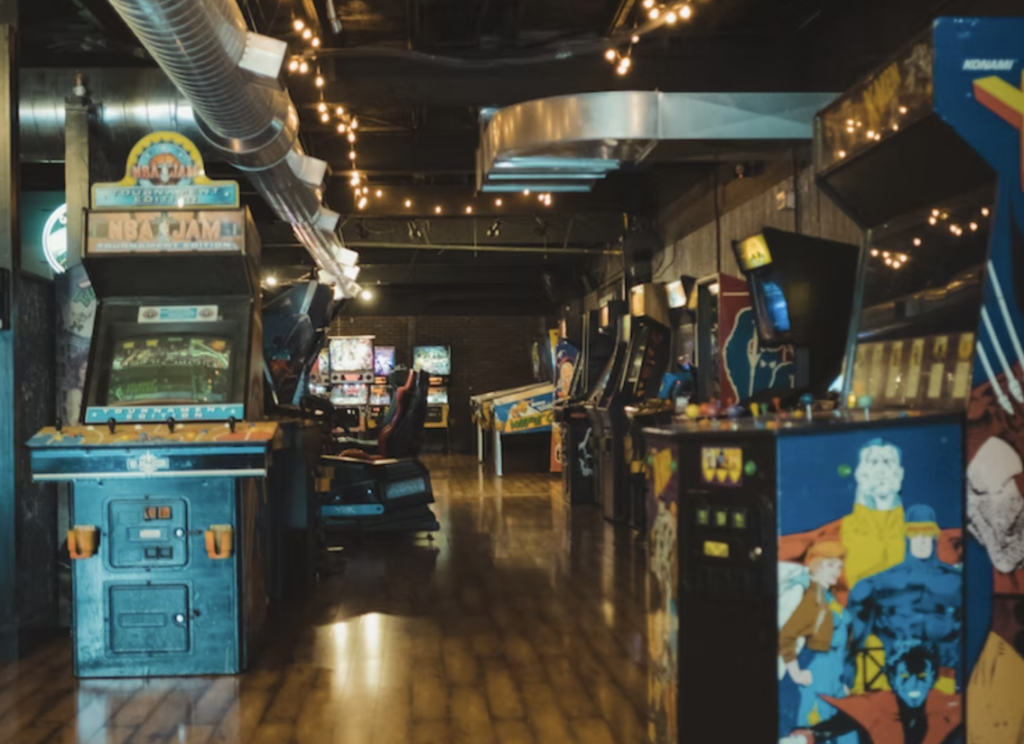The Rise And Fall Of The Arcade
Arcades exploded in popularity in the early 1970s after computing technology allowed pinball machines to evolve, they saw their glory days in the 1980s but quickly declined in popularity thanks to the advent of console gaming, but today arcades are experiencing somewhat of a renaissance in big cities.
This article is more than 2 years old

When many people today think of an arcade, they think of something like Dave and Buster’s or maybe even Chuck E. Cheese, but the real arcades—those that held a specific place in the American way of life in the ‘70s and early ‘80s—hold much more cultural and personal significance than those overstimulating behemoths. Unlike Dave and Buster’s, they won’t sell food or alcohol, and they’re generally not a place adults liked to hang out; neither were they suitable for young children, like Chuck E. Cheese. Arcades served a very specific slice of the population, specifically preteens, teens, and those young adults just young enough to be cool role models to the younger gamers.
Pinball arcades have had a long, somewhat sordid, history in America but, according to The Verge, it was Nolan Bushnell, a lapsed Mormon with a love for both coin-operated games and the new field of computer gaming that synthesized the two into the first commercial arcade video game, Computer Space. Though Computer Space largely failed from an economic standpoint, Bushnell had rightly predicted that video gaming would eventually replace arcade gaming. During the ‘70s, the production of cabinet-style video games—the kind you see in arcades—exploded and more and more video games were added next to pinball machines at traditional arcades.
The era of the arcade arguably hit its peak in the early 1980s with the release of Pac-Man, the wide availability of arcades across the country, and a need for a space just for teens. With no social media or cell phones, kids got together in person more often, and the arcade, like shopping malls or skating rinks, was the perfect space for that. Its golden age was short-lived, though, with most owners stuffing their arcades with more games than their clientele could support.
Though evolving technology and the lack of gaming novelty contributed to the fall of the arcade, the biggest contributor was the public attitude toward video gaming in general; that is, that video games lead to violence and bad behavior. On the heels of this public change of attitude, the video game bubble burst, and the industry never really recovered. Or, rather, by the time it did, focus had shifted to personal gaming consoles like Atari and Nintendo. Though a few arcades limped by in the next decades, most died out.
Today, they are making something of a comeback in major cities across the country, though it’s nothing compared to their ubiquity in the ‘70s and ‘80s. Ironically, pinball arcades are some of the most popular, though people still flock to play Pac-Man and Space Invader. Though nostalgia is a large part of the arcade’s comeback, there’s also a public desire to put down the phone and connect in person again. In this age of personal gaming systems and constant social media use, people are looking for ways to connect without a screen or, even better, with a screen in person—cue the arcade.




